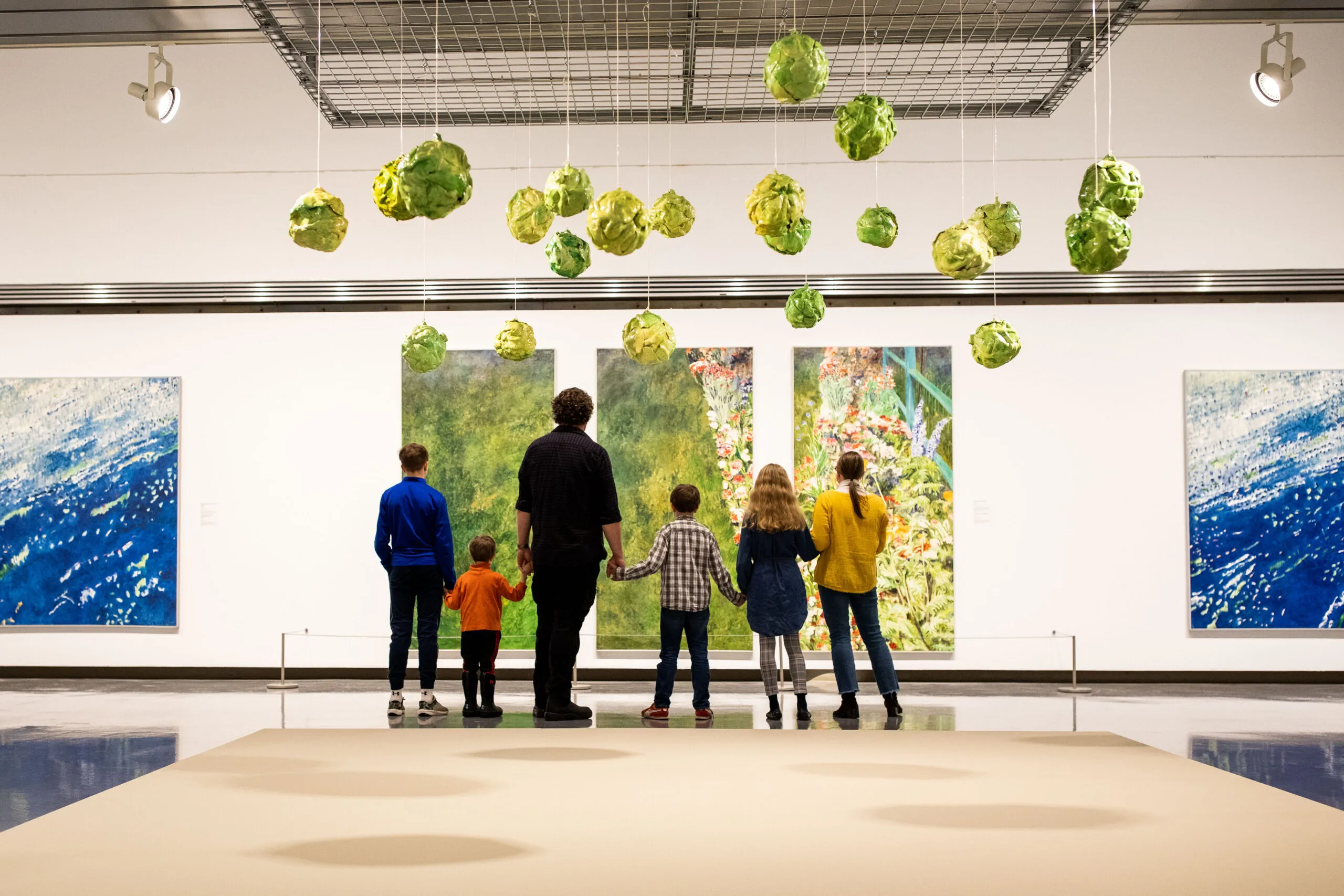A selection of curiosities representing both natural and human history from the Museum London collection.
A selection of curiosities representing both natural and human history from the Museum London collection.
How many of us have collected things–stamps, fossils, paintings, comic books–or feel better putting order to the things around us, our closets, our music collection, or perhaps just our kitchen cabinets? Collecting and ordering things is an ancient human characteristic. Personal collecting gained popularity during the fifteenth century and Cabinets of Curiosity, popular among the wealthy merchant class and nobility of early modern Europe, were a reflection of the social, scientific, and spiritual beliefs of their day. Also known as Wunderkammer (German for “wonder-room”), they helped classify the increasingly vast world in the “Age of Exploration.” Featuring products of human design, such as jewellery, paintings, ancient antiquities, coins and medals, and those of the natural world, such as shells, plant and animal specimens, rocks and minerals, many wealthy collectors opened their collections to scholars, artists, travellers, and others curious about the world. Wonderwall is a modern reinterpretation of a cabinet of curiosity, taking a selection of artefacts held by Museum London and displaying them as an interpretation of London, Ontario’s history. Patterns of relationship will emerge between objects, some intentional, others accidental, and visitors will undoubtedly uncover their own as they explore.
